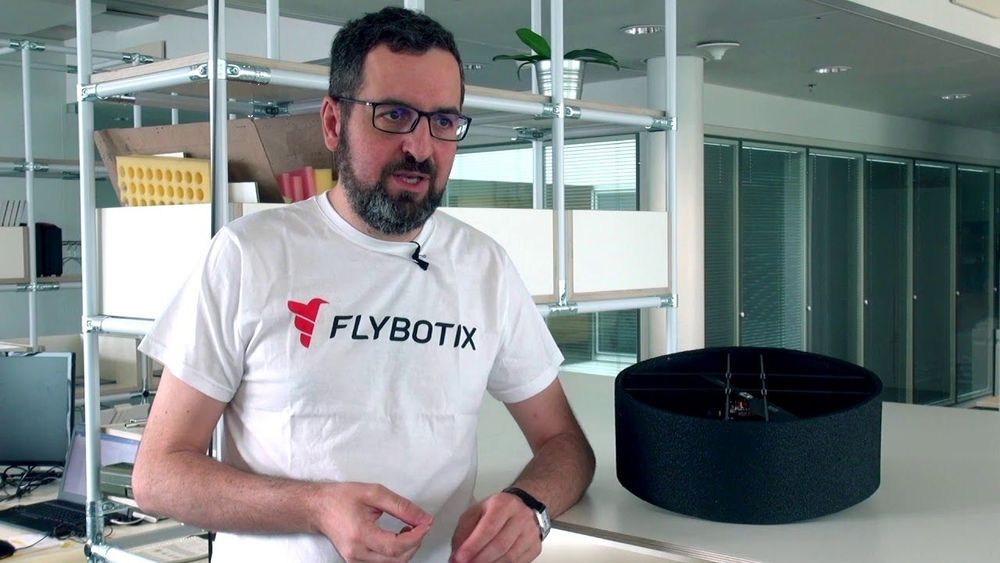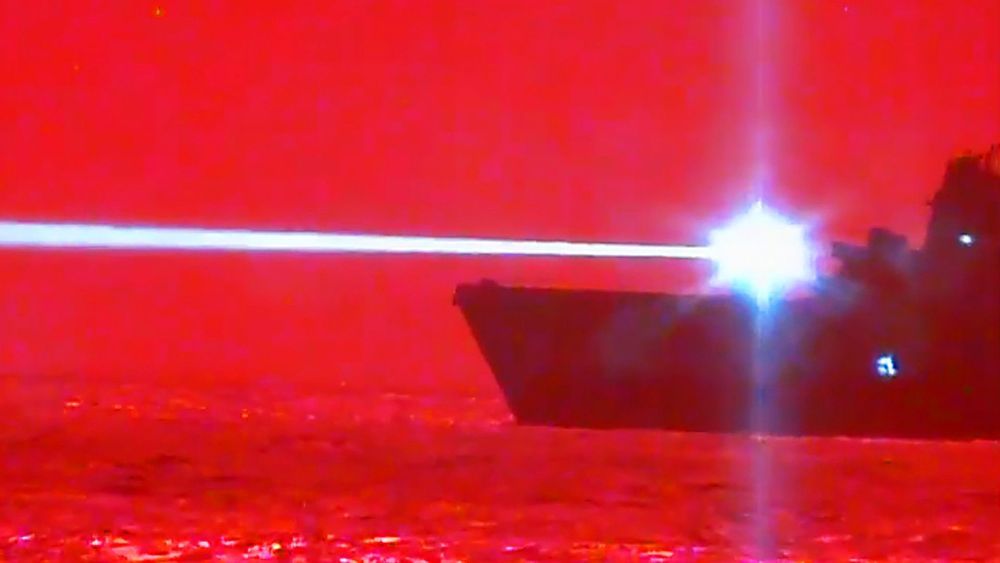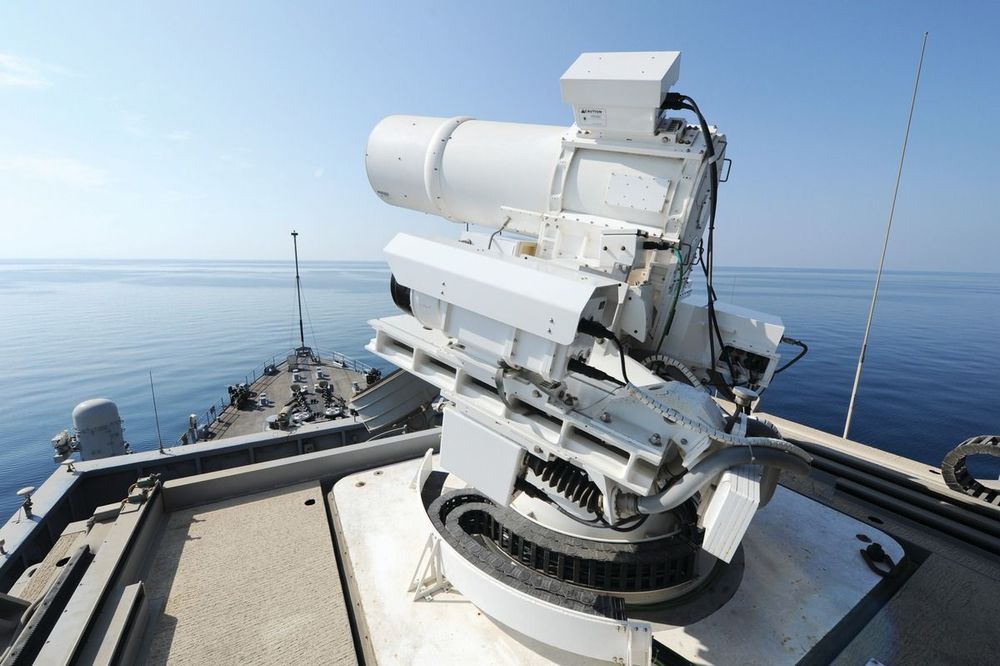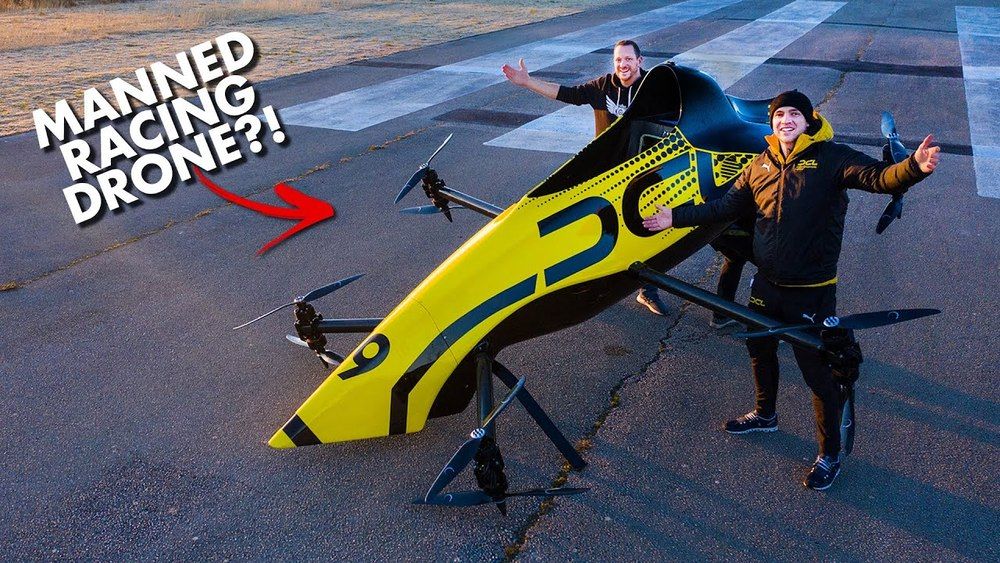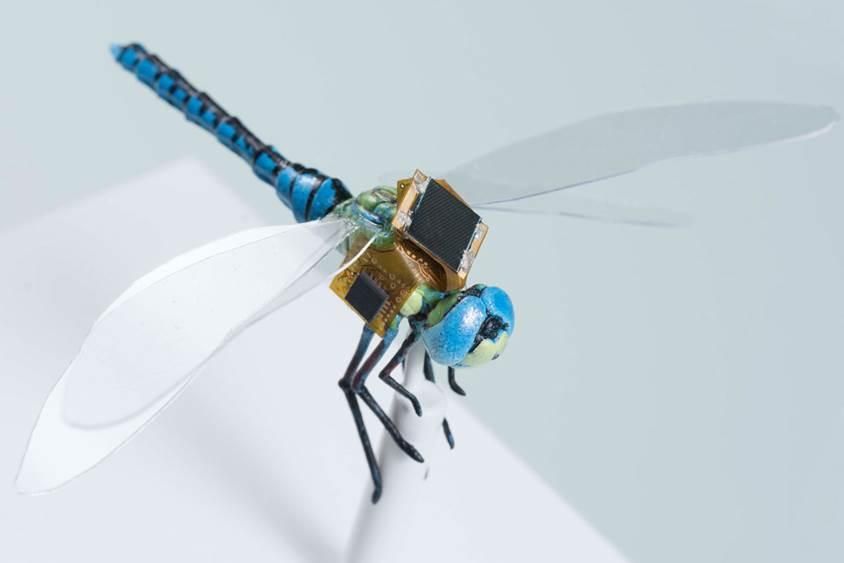The MQ-25 could be more than just a tanker.
Category: drones – Page 93
Pew pew :3.
The successful test of the powerful laser is a major step forward for the Navy’s directed energy weapons ambitions.
The drones would fly alongside Air Force warplanes, doing jobs too dangerous or dull for pilots.
EMP weapons, streams of microwaves, electromagnetic railguns, and high-power lasers offer new ways to bring down swarming drones, sink ships without explosives, and disperse formations of soldiers.
In the near future, we will have manned drones going at blistering speeds and doing crazy aerobatic stunts.
We need to massively reforest the planet, in a very short period of time. Flash Forest’s drones can plant trees a lot faster than humans.
[Photo: courtesy Flash Forest] One of Flash Forest’s prototype drones.
When the X-37B launches on May 16, it will carry a technology that could eventually allow drones to stay aloft indefinitely anywhere on the globe.
Circa 2017
Rapid improvement in micro drone technology is providing defence interests with new nimble capabilities.
Making wings that flap is very difficult, but it has real advantages as some are finding out.

